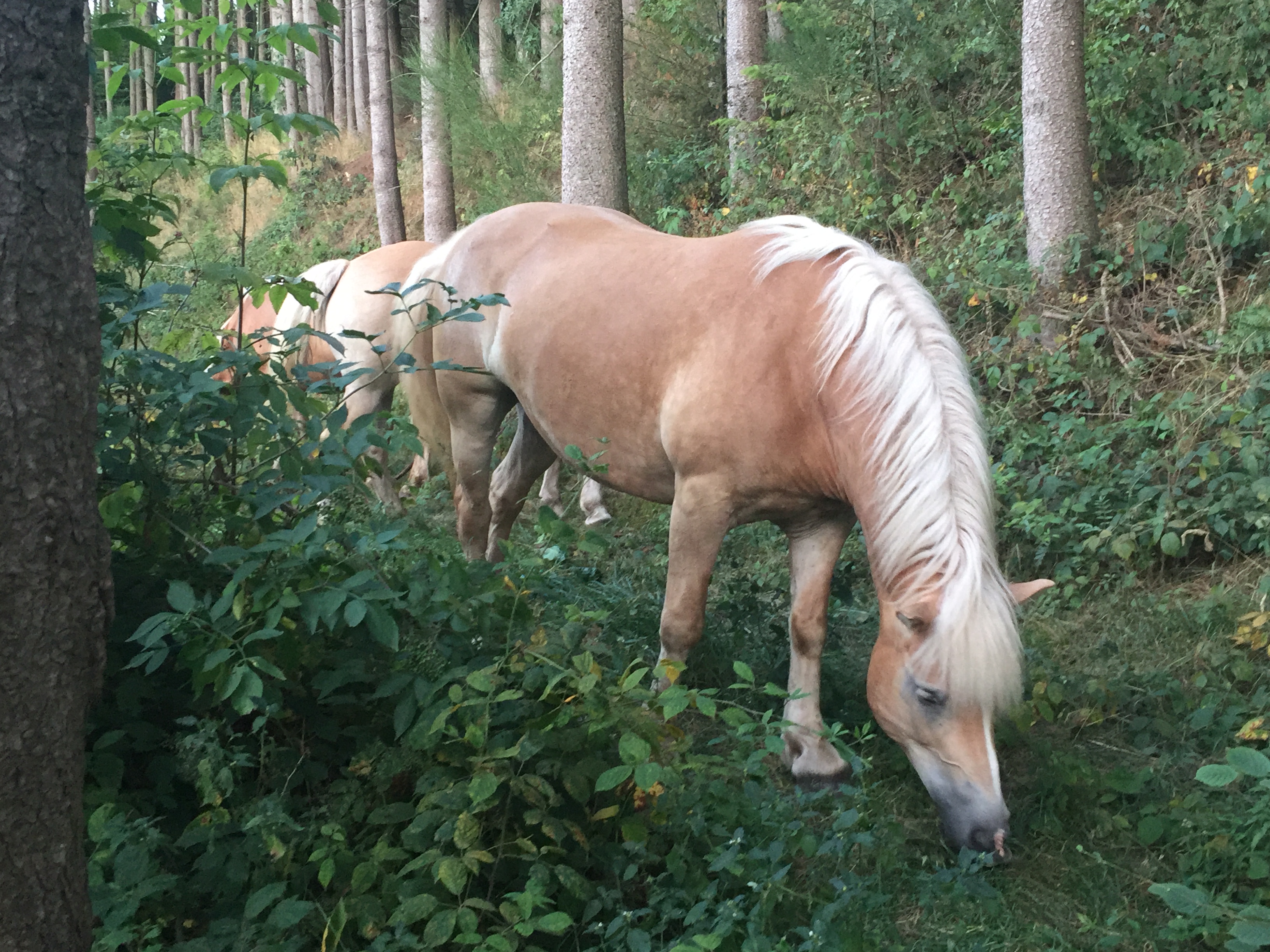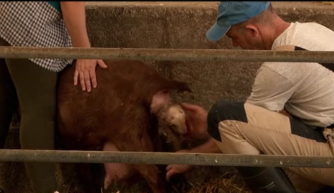How to motivate participants to think/discuss/learn/behave about animal welfare?
Issue
If some trainees feel involved by animal welfare, others may consider the topic as useless, as a constraint related to animal rights, as a waste of time, or as well-known knowledge. Students can also feel judged when the word “animal welfare” is introduced. As herder’s son, does it mean that my family is accused of being disrespectful to animals? “My grandfather, and his father before him, did not wait for European legislation to take care of animals. And now they'd like to tell us how to do a good job?" These latter are very reluctant to learn about animal welfare.The situation is particularly challenging when the training is compulsory as is the case in some European countries. Farmer trainees may be, and rightly so, particularly disrespectful towards training that suggests that they do not take animal welfare into account. Why else would we force training on them?
Objective
For the educator: create motivation for the participants to be involved in a pedagogical approach related to animal welfareFor the learner: feel as an actor of one’s own learning process

Proposals
Beyond any pedagogical methods that would promote motivation, these will only have a real effect if the teacher has a benevolent posture, which is respectful of the learner's point of view, showing active listening, without judgement and taking a low position with regards to the content. Allowing learners to give their point of view, welcoming them in their point of view is not common. It can be a pleasant surprise for them. So you also need to be clear about the objectives of the training course: it is not to pass on a message of good practice on animal welfare, but rather to enable them to consider how to take animal welfare into account for their own comfort at work, how to imagine other possibilities that would seem interesting to them.It may be necessary to allow for the expression of learners' expectations, interests, barriers, fears and possibly anger. It is preferable that even negative feelings can be expressed, rather than keeping them to oneself. They can then be questioned and, above all, welcomed. The teacher and the trainer will be all the more able to bounce back on the representations that the learners have of the training itself.
In any case, identifying and expressing one’s conception of animal welfare can be a first step to driving motivation. But we observe that the motivation increases particularly when we generate a discussion between the learners. The triggers for discussion can be: (1) some sentences that are confusing or stereotypical, (2) one or several farming practices which are controversial, marginal, or a diversity of practices around the same topic (dehorning and more generally invasive practices…) as proposed on the Anicare platform, suggesting mainstream and marginal practices, (3) a dilemma that you observed from your students, (4) an unexpected result.
Proposing a problem situation and carrying out a visit to a farm are also excellent ways to motivate learners. It is only a question of choosing situations and accessible problems, which are adapted to the group and correspond to the knowledge they already have. More particularly, although Anicare offers many films on breeder practices, it is also possible to ask the learners to make their own films, for instance in farms where they are involved (as trainees).
See appendix 5 for information on how to make films on breeders’ professional practices.
Whatever the proposed approach, we seek to create cognitive and socio-cognitive conflict. It may then be interesting to mix audiences with different views and values on the issue of animal welfare.

Tools
A Q-sort (Qualitative sort) usually drives a conflict (of values and knowledge about animal welfare) within the group of participants and leads people to raise questions.If Anicare suggests several movies of practices, we consider also interesting to ask the students to come with self-made films in farms that they know. You can lead some exchanges between the students about how farmers take animal welfare into account. But it can also be more strategic to avoid speaking about animal welfare if the learners are too reluctant. Describing practices, and analyzing farmers’ reasoning for their actions can help identify the consideration of the animal, which will be expressed by the learners. The aim is not to judge the farmer but to clarify his rationale. Respect for the farmer is imperative.
The CLIM method : this has the main interest of giving roles and responsibilities to each participant, introducing the learners to the situation-problem situation-problem
Participation in a challenge can also be a source of motivation, such as creating an animal welfare film that will win a prize.
Pitfalls and recommendations
Nothing is ever taken for granted. The educator must remain vigilant to the learners' motivation, identifying strategic moments will enable him/her to understand their level of interest and any discomfort that may have appeared.This type of pedagogical approach should be seen as a group hike. The facilitator should make frequent stops to check that he has not lost anyone along the way, to see if all the participants still want to walk with him. And if they have taken another path, join them to continue the route together.












